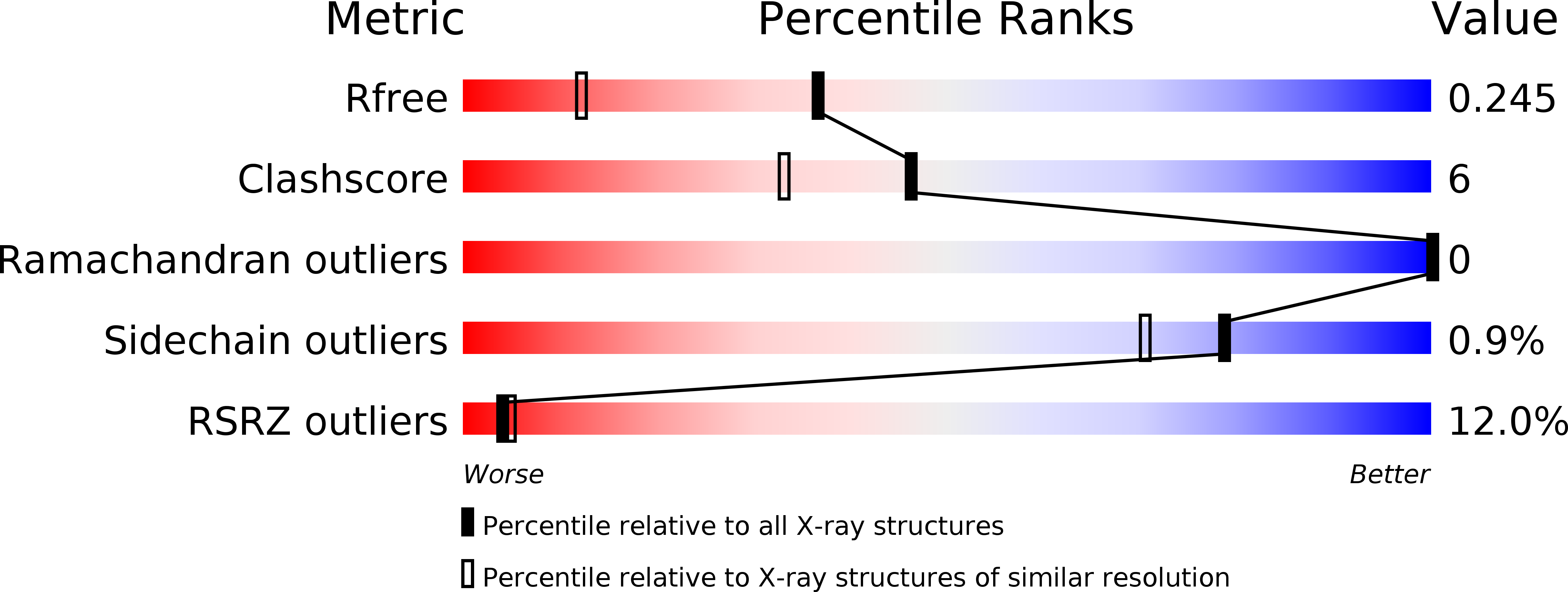
Deposition Date
2017-03-12
Release Date
2017-07-12
Last Version Date
2023-11-22
Method Details:
Experimental Method:
Resolution:
1.70 Å
R-Value Free:
0.24
R-Value Work:
0.21
R-Value Observed:
0.21
Space Group:
P 1 21 1


